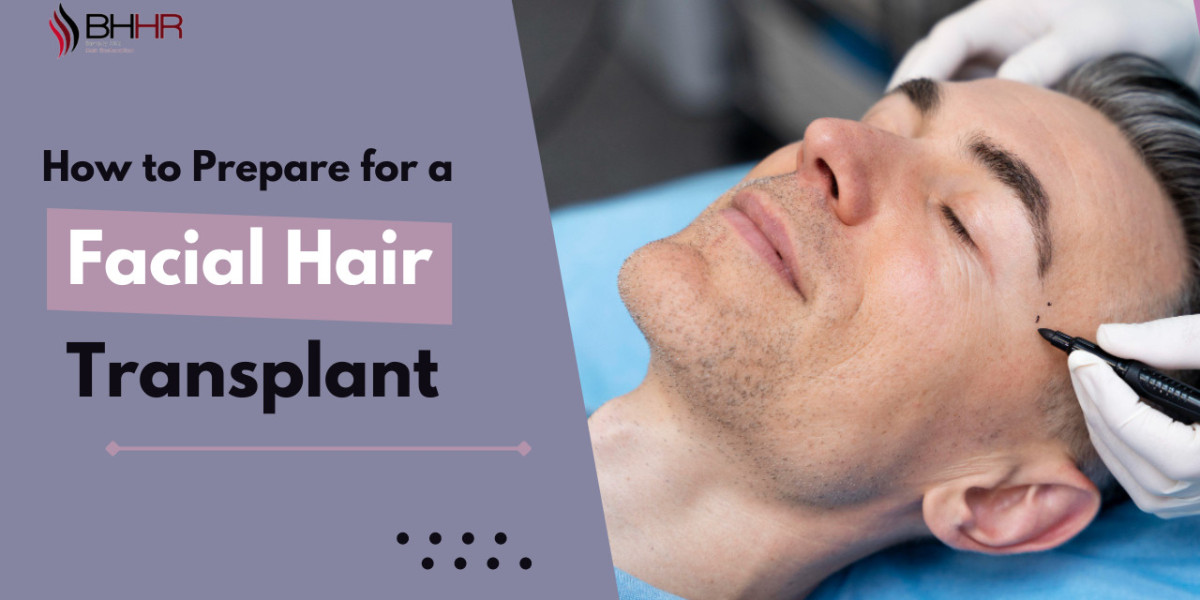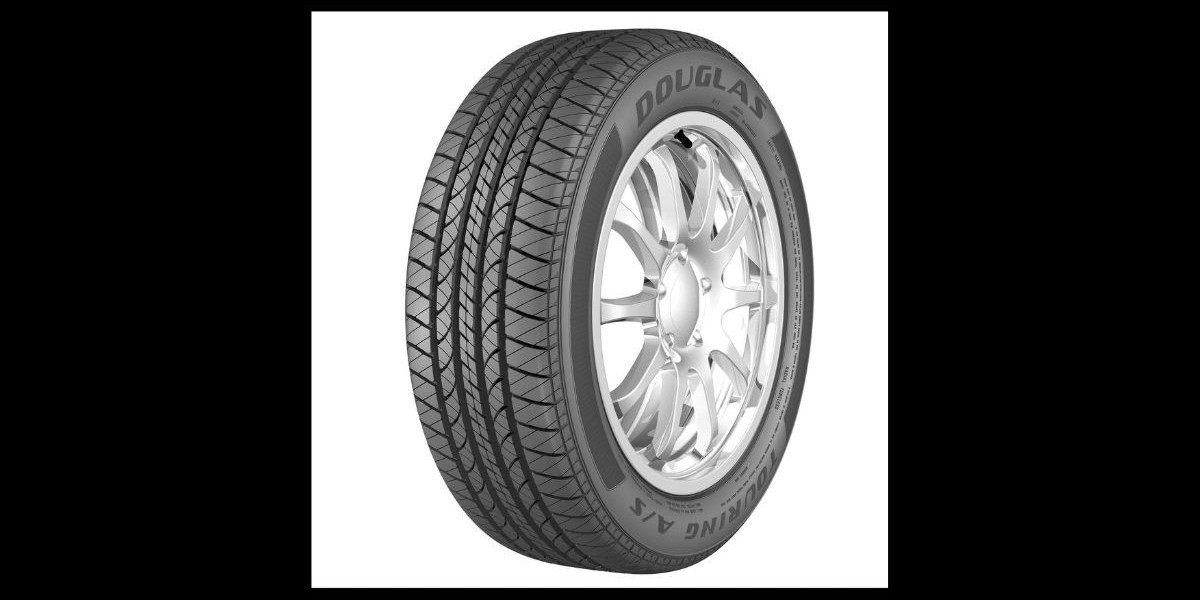A person's facial hair dramatically contributes to their overall appearance and defines their features. A facial hair transplant can provide a long-term solution, whether your goals are to achieve a thicker mustache, define your beard, or fill in uneven regions. Leading the way in hair restoration techniques, Beverly Hills Hair Restoration helps people attain their ideal facial hair aesthetics with cutting-edge face hair transplants. Preparing carefully for the process is essential to guarantee the finest results. By reading this article, you will be guided through the steps required to prepare for a facial hair transplant.
Understanding Facial Hair Transplant
A surgical treatment called a facial hair transplant is intended to grow hair back into parts of the face where it has been lost or is sparsely grown. It might cover the eyebrows, sideburns, mustache, and beard. The process involves:
- Harvesting hair follicles from a donor area
- Typically, the back of the scalp
- Transplanting them to the desired facial area
This detailed surgery requires a qualified surgeon to guarantee that the direction and density of the transplanted hair blend flawlessly with the existing facial hair.
Face hair transplants are performed by skilled hair restoration specialists at Beverly Hills Hair Restoration. The clinic uses modern methods and equipment to guarantee that every transplant is customized to each patient's individual facial structure and hair development patterns.
Initial Consultation for Facial Hair Transplant
Making an initial appointment with a licensed hair restoration professional is the first step in getting ready for a facial hair transplant. This initial appointment is essential because it enables the surgeon to evaluate the state of your facial hair, discuss your objectives, and decide if the operation is proper for you.
During the consultation, the Beverly Hills Hair Restoration surgeon will inspect the donor area of your scalp and the areas where you wish to improve the density of your hair. Your medical history, including any underlying diseases that can interfere with surgery or healing, will also be reviewed. Talk to your doctor about any medications you take now since some may need to be changed before the treatment.
The surgeon will thoroughly explain what to anticipate from the facial hair transplant process, including the estimated number of grafts needed, the length of the treatment, and the anticipated recuperation period. You can use this knowledge to prepare yourself mentally for the impending surgery and to make an informed decision.
Pre-Operative Instructions for Facial Hair Transplant
After you have decided to proceed with the facial hair transplant, the next step is to adhere to your surgeon's pre-operative instructions. These instructions are necessary to guarantee a trouble-free surgery and reduce possible problems.
1. Avoid Certain Medications and Supplements
Your surgeon may advise you to avoid some drugs and supplements in the weeks after your facial hair transplant, especially ones that thin the blood, such as aspirin, ibuprofen, and vitamin E. These drugs may impede the healing process and raise the chance of bleeding during surgery. Talk to your Beverly Hills Hair Restoration surgeon about all medications and supplements.
2. Stop Smoking and Alcohol Consumption
Alcohol and smoking can have a detrimental effect on the outcome of your facial hair transplant overall, as well as the healing process. Smoking narrows blood vessels, which lowers blood flow to the transplant site and may prevent new hair follicles from developing. Contrarily, alcohol thins the blood and raises the possibility of surgical problems. It is recommended that you give up smoking and alcohol at least two weeks before the procedure.
3. Plan for Transportation and Aftercare
Usually done under local anesthetic, a facial hair transplant leaves you awake but may prevent you from driving home following the treatment. Make arrangements for a driver to accompany you on the day of your procedure to and from Beverly Hills Hair Restoration. To help your body start the healing process, schedule a few days of relaxation following the treatment.
The Day of the Facial Hair Transplant
It would help if you arrived at the clinic the day of your facial hair transplant relaxed and ready. Before the operation starts, the Beverly Hills Hair Restoration staff will ensure you are comfortable and that all your questions are addressed.
1. Dress Comfortably
Dress comfortably and loosely on the day of your procedure. After the surgery, removing a shirt that buttons up the front will be more accessible than one that covers your head.
2. Clean Your Face and Scalp
Before visiting the clinic, properly wash your face and scalp with a gentle cleanser. Keeping the region clean helps lower the risk of infection. Refrain from using facial creams or hair products on the day of the treatment.
3. Follow Fasting Instructions
If your surgeon asks you to fast before the procedure, follow them. Fasting is imperative if general anesthesia is involved or if you will be receiving any sedatives. It lowers the possibility of issues developing during the surgery.
Post-Operative Care for Facial Hair Transplant
Beverly Hills Hair Restoration recommends appropriate post-operative care for your facial hair transplant to guarantee its success and encourage healthy hair development. Your surgeon will provide comprehensive aftercare instructions that should be carefully followed.
1. Manage Swelling and Discomfort
Following the facial hair transplant, you should anticipate some swelling and discomfort in the following days. Your surgeon may recommend painkillers to help you cope with pain. Swelling can also be lessened by applying a cold compress to the afflicted area.
2. Avoid Touching or Scratching the Transplant Area
In the days following the treatment, it is crucial to refrain from touching, scratching, or rubbing the area because the transplanted hair follicles are sensitive. It may cause the grafts to come loose and alter the outcome. Wash your face gently, and follow your surgeon's recommendations for cleaning the area.
3. Follow Up with Your Surgeon
Please make an appointment for a follow-up with your Beverly Hills Hair Restoration surgeon so that you can discuss any concerns and ensure that the transplant is healing as it should. During this visit, the surgeon will examine the transplanted area and offer further advice on keeping your results.
4. Be Patient with Results
Results from facial hair transplants take time to manifest. The transplanted hair follicles may need many months to establish themselves and produce new hair. It's typical for the transplanted hairs to shed a little during the first several weeks of the treatment. The following months show a slow onset of new hair growth, with complete effects usually apparent in nine to twelve months.
Conclusion
Careful planning and following your surgeon's instructions are necessary while getting ready for a facial hair transplant. You can optimize the outcome of your facial hair transplant and attain the ideal appearance by following the recommended protocols before and during the treatment. Beverly Hills Hair Restoration is well-known for its proficiency in hair restoration treatments. It provides individualized attention and cutting-edge methods to assist you in reaching your facial hair objectives. Beverly Hills Hair Restoration can deliver the long-lasting results you want with a facial hair transplant, whether you aim to produce a more defined mustache or fill in a patchy beard.







